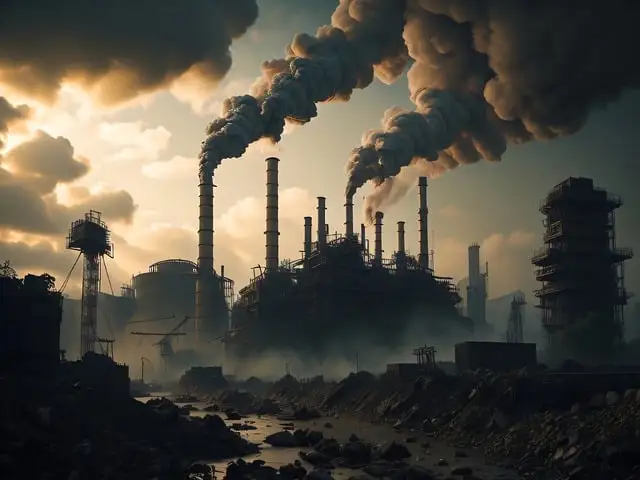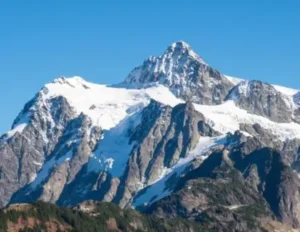It Causes Sea Levels to Rise :
The oceans and seas take carbon dioxide from the atmosphere, but as the temperature of the oceans increases, they become less able to absorb excess carbon dioxide. There has been a rise in sea levels due to thermal expansion melting of glaciers and ice sheets, and warming of the ocean surface Other possible effects include large-scale changes in ocean circulation. Sea level has been rising for 0.2 years With the increase in average global temperature, the water in the oceans expands in volume, and additional water enters them which had previously been locked up on land in glaciers and ice sheets. The Greenland and the Antarctic ice sheets will melt to a large extent. So it is one of the CONSEQUENCES OF GLOBAL WARMING.
It May Possibly Expand the Area of Sub-tropical Deserts
As the climate gets warmer, evaporation will increase because the oceans will be warmer. Because the world is a closed system this will cause heavier rainfall, with more erosion. This erosion, in turn, can in vulnerable tropical areas, especially in Africa lead to desertification.
As the Earth gets warmer, the ice will melt, causing glaciers to melt, especially in the Arctic. Since 1980, glaciers have been melting faster and more widely. Except for the big ice caps in the Arctic and Antarctic, glaciers around the world have shrunk by half since the late 1800s. Right now, glaciers are melting faster in many places like the Andes, Alps, Pyrenees, Himalayas, Rocky Mountains, and North Cascades. So it is also , one of the CONSEQUENCES OF GLOBAL WARMING.
It May Cause to Exploitation of Flora and Fauna
Global may lead to the extinction of several species of flora and fauna. It could affect most terrestrial ecosystems. Increasing global temperature leads to change in the ecosystems which will force many species of flora and fauna out of their habitats or make them extinct. Less snow cover, rising sea levels, and weather changes may cause both human activities and the ecosystem. Many species are at risk, for example, the Arctic and Antarctic fauna such as polar bears and penguins. Rising temperatures have already made a big impact on birds and butterflies. Reduced glacier runoff can lead to insufficient stream flow to allow many species of freshwater and saltwater plants and animals to thrive. Alterations to the circulation of ocean currents may affect fish. So it is also , one of the CONSEQUENCES OF GLOBAL WARMING.
It May Bring Changes in Agricultural Production
Global warming has a mixed effect on agriculture. Some regions benefit from moderate temperature increases while others will be negatively affected. Areas near the equator are most vulnerable to experiencing reduced crop harvests. Mid-and high-latitude areas could see increased yields for temperature increases of up to 13° Celsius but above 3°C of warming might decline global agricultural production. So it is also , one of the CONSEQUENCES OF GLOBAL WARMING.
Changes in the Amount and Pattern of Precipitation
Scientists argue that increased evaporation would result in more extreme weather. For example, global average water vapor concentration and precipitation would increase, and by the second half of the 21″ century, precipitation will likely have increased over northern mid-to-high latitudes and Antarctica in winter. At low latitudes, there would be regional increases and decreases over land areas Larger, year-to-year, variations in precipitation are very likely to occur. So it is also , one of the CONSEQUENCES OF GLOBAL WARMING.




